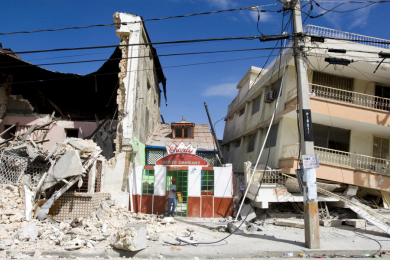International researchers at the Monash University, Australia created a global map showing the points where giant earthquakes are possible to happen.
Most earthquakes occur when tectonic plates are moving. Giant earthquake can occur at subduction zones – where one plate sinks below the other. The information so far was unreliable, mostly because giant earthquakes are relatively rare and tracking record goes as far as the 19th hundred.
Comparing the gathered data about all subduction zones, the scientists compared the physical, geometrical and geological characteristics of all zones to the characteristics of the zones where there is record of a giant earthquake. They found that the main indicators include the style of deformation in the plate overlying the subduction zone, the level of stress at the subduction zone, the dip angle of the subduction zone, as well as the curvature of the subduction zone plate boundary and the rate at which it moves.
Through this comparison the researchers concluded that there are several subduction zones capable of generating giant earthquakes – Lesser Antilles, Mexico-Central America, Greece, the Makran (Pakistan and Iran), Sunda (South East Asia), North Sulawesi (Indonesia) and Hikurangi (New Zealand).

